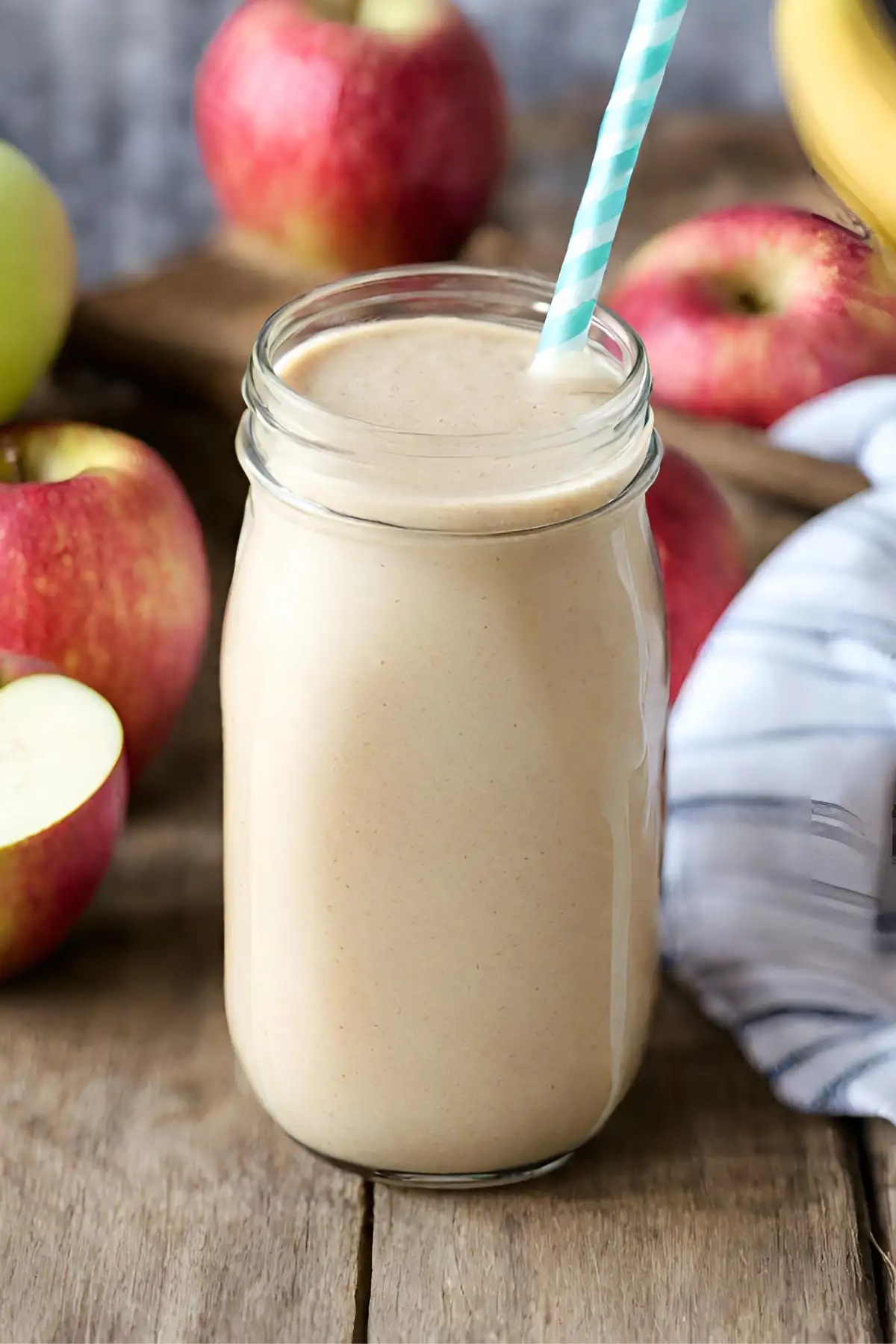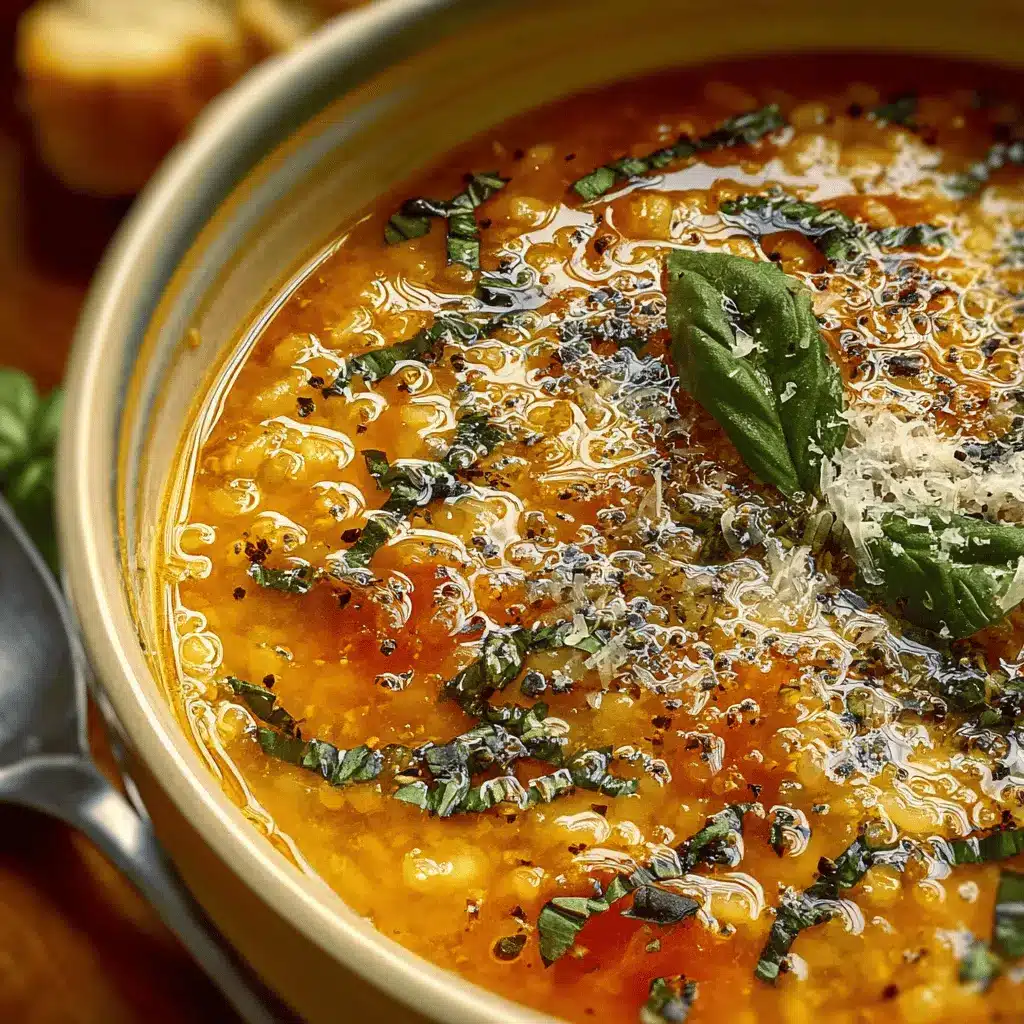Introduction to Fruit Smoothies with Apples and Bananas
Introduction to Smoothies
Smoothies have become a staple in the diet of health-conscious individuals around the world. The concept of blending fruits with milk, yogurt, or juice has evolved significantly since its inception in the early 20th century. Initially, smoothies were simple fruit blends, but they have since transformed into a versatile beverage that includes a variety of ingredients ranging from vegetables to superfoods. The popularity of smoothies has skyrocketed in recent years, thanks to their convenience and the growing awareness of the importance of a healthy diet. The inclusion of fruits in smoothies is pivotal, as they provide essential vitamins, minerals, and fibers that are crucial for maintaining good health.
Why Apples and Bananas?

When it comes to making smoothies, apples and bananas are among the most favored fruits due to their nutritional benefits and unique flavor profiles.
- Apples are a rich source of fiber, vitamin C, and various antioxidants. They offer a range of health benefits, including improving gut health and reducing the risk of heart disease. The texture and sweetness of apples make them a perfect ingredient for smoothies, providing a refreshing taste and a smooth consistency.
- On the other hand, bananas are well-known for their high potassium content, which is essential for heart health and blood pressure regulation. They also contain vitamin B6, magnesium, and fiber, making them an excellent choice for a nutritious smoothie base. Bananas add a creamy texture and a naturally sweet flavor to smoothies, enhancing the overall taste.
Together, apples and bananas create a harmonious blend that is not only nutritious but also delicious. Their flavors complement each other, resulting in a smoothie that is both refreshing and satisfying. Incorporating these fruits into your smoothie routine can provide a quick and easy way to consume a variety of essential nutrients. For more information on the benefits of incorporating greens into your smoothies, consider exploring resources like Healthline, which discusses the importance of adding vegetables to your diet. Additionally, choosing the right fruits for your smoothies is crucial for maximizing nutritional benefits, and guidance can be found through resources such as Eat This, Not That!, offering insights into selecting the best fruits for health and taste.
By understanding the nutritional value and flavor profiles of apples and bananas, individuals can create smoothies that are not only tasty but also incredibly beneficial for health, making these fruits a popular choice for smoothie lovers everywhere.
Recipe and Preparation

Ingredients Overview
Creating a fruit smoothie with apples and bananas requires simple, wholesome ingredients that pack a nutritional punch. Here’s what you’ll need:
- 1 medium apple (Gala, Fuji, or Honeycrisp recommended) – Apples can be substituted with pears for those with specific dietary preferences.
- 1 ripe banana – For a lower sugar option, use half a banana and add avocado for creaminess.
- ½ cup of unsweetened almond milk or any plant-based milk (oat, soy, or coconut milk) for those with lactose intolerance.
- ¼ cup of Greek yogurt (use dairy-free yogurt for a vegan alternative).
- 1 tablespoon of chia seeds or flaxseeds for added fiber and omega-3 fatty acids.
- A pinch of cinnamon for flavor and blood sugar regulation.
- Ice cubes (optional) for a chilled smoothie.
These ingredients ensure your smoothie is not only delicious but also adaptable to various dietary needs, enhancing its nutritional value.
Step-by-Step Recipe

Making an apple and banana smoothie is a straightforward process that yields delicious results. Here’s how to do it:
- Prepare the Fruit: Peel and core the apple, and peel the banana. Chop them into smaller pieces for easier blending.
- Blend: Add the chopped fruits, almond milk, Greek yogurt, chia seeds, and cinnamon to a blender. For a colder smoothie, include a handful of ice cubes. Blend until the mixture is smooth and creamy.
- Adjust Consistency: If the smoothie is too thick, add more almond milk until you reach your desired consistency.
- Taste Test: Give your smoothie a taste. If you prefer it sweeter, consider adding a touch of honey or maple syrup.
For added flavor or nutrition, consider these variations:
- Boost Protein: Add a scoop of your favorite protein powder.
- Increase Fiber: Incorporate a tablespoon of oatmeal or additional chia seeds.
- Enhance Flavor: Mix in a few berries, mango, or peach slices for a fruity twist.
- Add Greens: For an extra nutritional boost, blend in a handful of spinach or kale. The taste is subtle but the health benefits are significant.
For those interested in food safety and hygiene practices while preparing smoothies, FoodSafety.gov offers comprehensive guidelines to ensure your smoothie preparation is not only delicious but also safe.
This apple and banana smoothie recipe is a perfect example of how simple ingredients can be transformed into a nutritious and delicious beverage. With the option to customize the recipe to suit dietary restrictions and flavor preferences, it’s a versatile option suitable for any time of the day.
Tips for the Perfect Smoothie

Achieving the perfect smoothie consistency and flavor involves more than just blending fruits and liquids. Here are some tips to ensure your smoothies are always delicious and nutritious:
- Choosing the Best Fruits: Select ripe bananas for sweetness and creaminess. For apples, choose varieties like Gala, Fuji, or Honeycrisp for their natural sweetness and crisp texture. The ripeness of your fruits significantly impacts the smoothie’s flavor profile.
- Blending Techniques: Start by blending the liquid ingredients with the softer fruits first, adding harder ingredients like frozen fruits or ice last. This helps create a smooth consistency and prevents wear on your blender’s blades.
Customizing Your Smoothie

To tailor your smoothie to personal tastes or dietary needs, consider these add-ins and substitutions:
- Protein and Fiber Boosts: Add protein powder, Greek yogurt, or silken tofu for protein. Oats or chia seeds can increase fiber content.
- Flavor Enhancers: Spices like cinnamon or nutmeg, and natural sweeteners like honey or maple syrup, can enhance the flavor without adding refined sugar.
- Seasonal Variations: Incorporate seasonal fruits like peaches in summer or pears in autumn for variety and to enjoy fruits at their peak flavor.
- Superfoods: Blend in spinach, kale, or avocado for a nutritional boost. These additions enhance the health benefits without compromising taste.
Incorporating a variety of fruits and other ingredients not only enriches the nutritional value of your smoothie but also keeps your taste buds excited. For more innovative smoothie recipes and customization ideas, exploring resources like Minimalist Baker can provide creative inspiration for making delicious, healthful smoothies at home.
By following these tips and embracing customization, you can create smoothies that are not just a treat for your taste buds but also a boon for your health. Whether you’re looking for a meal replacement, a post-workout refreshment, or a delicious way to incorporate more fruits and vegetables into your diet, smoothies offer a versatile solution.
Health Benefits

Smoothies made with apples and bananas are not only delicious but also packed with numerous health benefits, making them a fantastic addition to any healthy lifestyle.
- Nutritional Powerhouses: Apples are rich in fiber, vitamin C, and various antioxidants, which can improve gut health and reduce the risk of chronic diseases. Bananas are known for their high potassium content, essential for heart health and blood pressure regulation, as well as vitamin B6 and magnesium.
- Weight Management: The fiber content in both fruits can help you feel full longer, reducing overall calorie intake and supporting weight management.
- Digestive Health: The pectin in apples has prebiotic effects, aiding in gut health by feeding the good bacteria in your digestive system.
Incorporating these smoothies into your diet can provide a quick and easy way to consume a variety of essential nutrients, promoting overall health and well-being. For more information on the benefits of a diet rich in fruits and vegetables, visit resources like Harvard’s The Nutrition Source.
FAQs Section
Here are some common questions and answers about making fruit smoothies with apples and bananas:
- Can I make smoothies without dairy?
- Yes, you can use plant-based milk or water instead of dairy milk to make your smoothie vegan-friendly.
- Do I need to peel apples for smoothies?
- It’s not necessary, but peeling can prevent a grainy texture. If you’re using a high-powered blender, you can leave the peel on for extra fiber.
- Can I add vegetables to my apple and banana smoothie?
- Absolutely! Spinach, kale, or cucumber can be added for extra nutrients without significantly altering the taste.
- How can I make my smoothie sweeter without adding sugar?
- Ripe bananas add natural sweetness. You can also use dates, honey, or maple syrup for added sweetness.
Smoothies with apples and bananas are versatile, allowing for numerous variations and adjustments to fit your taste preferences and dietary needs. They offer a delightful way to boost your fruit intake, along with providing essential nutrients that support a healthy lifestyle.
Print
Fruit Smoothie Recipes With Apples And Bananas
- Total Time: 5 minutes
- Yield: 1 serving
Description
This delicious and nutritious apple banana smoothie is the perfect way to start your day or refuel in the afternoon. With just a few simple ingredients, it’s easy to make and packed with the goodness of fresh fruits.
Ingredients
- 1 medium apple (Gala, Fuji, or Honeycrisp), peeled and cored
- 1 ripe banana
- ½ cup unsweetened almond milk (or any plant-based milk)
- ¼ cup Greek yogurt (use dairy-free for vegan option)
- 1 tablespoon chia seeds
- A pinch of cinnamon
- Ice cubes (optional)
Instructions
- Add the apple, banana, almond milk, Greek yogurt, chia seeds, and cinnamon to a blender.
- Blend until smooth. If the mixture is too thick, add a little more almond milk until you reach the desired consistency.
- Taste and adjust the sweetness, if necessary, by adding a little honey or maple syrup.
- Serve immediately, garnished with a sprinkle of cinnamon or sliced fruit, if desired.
Notes
- For a vegan version, use dairy-free yogurt and maple syrup for sweetening.
- You can add protein powder for an extra protein boost or substitute the milk with juice for a different flavor profile.
- Prep Time: 5 minutes
- Cook Time: 0 minutes
- Category: Breakfast/Smoothie
- Method: Blending
- Cuisine: American
Nutrition
- Serving Size: per serving
- Calories: 336 kcal
- Sugar: 42g
- Sodium: 35mg
- Fat: 4g
- Saturated Fat: 2g
- Carbohydrates: 75g
- Fiber: 10g
- Protein: 6g










